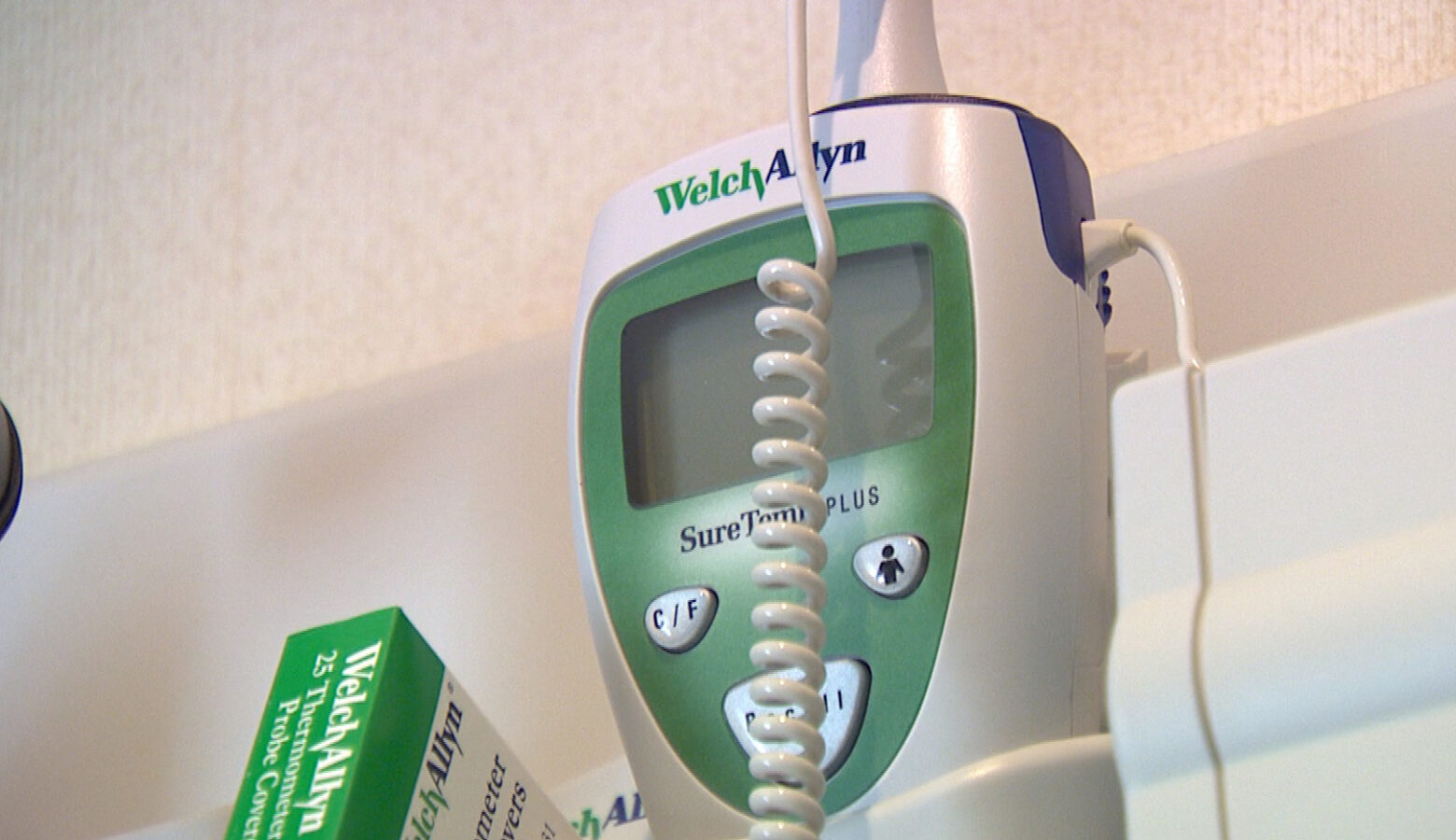What are some limitations Hoosiers face with telehealth?

What are some of the challenges with telehealth in Indiana? Several members of our audience inspired this question.
Amnah Anwar is with the Upper Midwest Telehealth Resource Center. She said providers and patients face different challenges when it comes to using this service.
What challenges do providers experience?
Anwar said one of the biggest obstacles is the limited physical examination this service offers for doctors. She said this limits their ability to perform services the way they would during an in-person visit.
“They want to not only see the physical appearance of the patients, but there are certain other mannerisms and things that they want to be able to observe and they want to be able to assess,” she said.
Anwar said this may include things like being able to look at rashes or bumps to differentiate what they may be coming from, or to look clearly at someone’s airways.
Anwar said another issue for providers may be inaccurate self-reporting of things such as weight from patients.
“Sometimes the patient misinterprets the reading that is coming or they might not tell the provider the correct reading,” she said. “So those can be issues, especially when they’re trying to calculate the drug dosages based off the patient’s weight or other things.”
She said different methods of telehealth services often require different kinds of technology – and this can be a cost burden for some.
“For example, in telepsychiatry, you can have a video audio conferencing, only a tablet at the provider end, only a tablet or any device at the patient, and you just need a HIPAA-compliant software that you’re using,” Anwar said. “But then for others there are other things which are needed and they may be cost prohibitive for some of the providers and health institutions to adopt telehealth.”
READ MORE: What are some of the challenges, limitations in telemedicine?
Join the conversation and sign up for the Indiana Two-Way. Text “Indiana” to 73224. Your comments and questions in response to our weekly text help us find the answers you need on statewide issues.
She said telehealth overall reduces the cost of health care systems. However, Anwar said this type of software and additional training or staff needed to facilitate telehealth can add up for individual providers.
What challenges do patients often face?
Anwar said one of the main challenges patients face is the “digital divide” – or lack of internet connectivity for some communities.
“Telehealth is only good if there is a good broadband access, if the patients have the devices that they need to be able to access their providers,” she said. “So if a person does not have broadband access in the communities that they’re in or in their homes, which is now a reimbursable site for some of the services that can be provided, then those vulnerable populations are going to stay without the access to the necessary health care that is there.”
In addition to incompatible technology or internet connections, Anwar said individuals often lack the technology literacy to participate in this kind of health care.
“You have to train the patients to be able to use the software that you’re trying to utilize in order to provide them with health care,” she said. “And sometimes it’s just not a good fit for that particular patient. Some patients need that in-person connection with their provider to be able to access their health care.”
Anwar said language barriers may also lead to people not reaching out to potential providers.
“They might not be as convinced to access health care using telehealth because that barrier already exists, which makes them not reach the reach out to health care providers in person,” she said.
She said telehealth software is not always set up to accommodate those with disabilities as well and there may be additional resources certain health care systems’ online services can not provide.
Another concern for some patients is the legitimacy of telehealth providers. Anwar said it is important to have a plan in place when seeking out telehealth providers to ensure you are avoiding scams.
“There should be some due diligence in asking your friends and family if they’ve used somebody, asking your provider if somebody provides this care via telehealth, usually your insurance companies have a telehealth portal through which you can search for the telehealth providers and you can access through there,” Anwar said.
She said having this plan in case before seeking out care is important to further ensure legitimacy of providers.
Anwar said telehealth is still a good alternative if there is no in-person health care – but that it can’t fully compare to in-person care.
“I would say it’s still a good option if you don’t have any health care, but it’s not an excellent option for some of the specialties in health care,” she said. “So it’s not fit for all patients, it’s not fit for all types of specialties when we’re talking about telehealth.”
She said the Department of Health and Human Services’ website provides good resources for telehealth and tips for both providers and patients to avoid scams.
Violet is our daily news reporter. Contact her at vcomberwilen@wfyi.org or follow her on Twitter at @ComberWilen.
